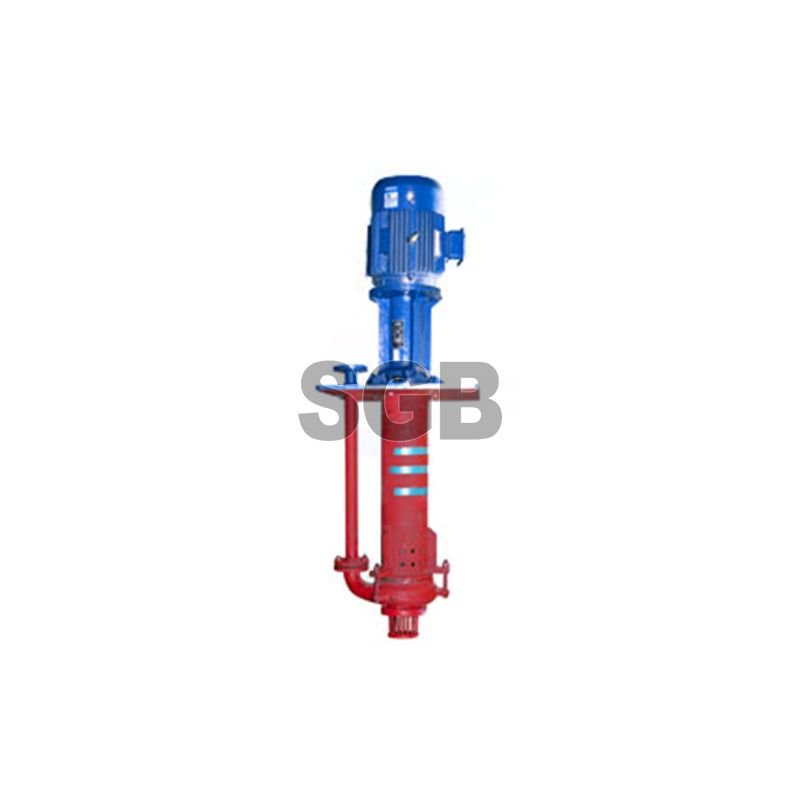Nov. 28, 2023
Mechanical Parts & Fabrication Services
Desulphurization pump plays a crucial role in various industries, particularly in the field of environmental protection and energy production. When it comes to selecting a desulphurization pump, two common options are often considered: horizontal desulphurization pumps and vertical desulphurization pumps. Both have their advantages and drawbacks, making the choice between them a critical decision for engineers and plant operators. In this article, we will delve into the characteristics and merits of each type to help you make an informed decision for your specific application.
Horizontal desulphurization pumps are characterized by their side-mounted orientation. This design allows for easy access to the pump components for maintenance and repairs. The horizontal layout also provides stability, reducing the risk of vibrations during operation. These pumps are often preferred when space is not a constraint, and accessibility for maintenance is a priority.
Conversely, vertical desulphurization pumps are designed with an upward orientation. This vertical configuration is advantageous when floor space is limited, making them a popular choice for installations with spatial constraints. Vertical pumps are known for their space-saving design, which can be a critical factor in some industrial settings.
Horizontal pumps are known for their straightforward installation and maintenance. The pump and motor are separate entities, allowing for independent maintenance and replacement. This design facilitates quicker repairs and minimizes downtime. Additionally, horizontal pumps tend to have lower maintenance costs compared to their vertical counterparts.
Vertical pumps, on the other hand, are lauded for their energy efficiency. The vertical orientation eliminates the need for complex shaft alignment, reducing energy consumption. Furthermore, these pumps are less prone to cavitation, a phenomenon that can affect the efficiency and lifespan of horizontal pumps. The vertical design also allows for submerged installation, which can be beneficial in specific applications.
Horizontal pumps are versatile and suitable for a wide range of applications. Their design allows for easy adaptation to different system requirements. The availability of various materials and configurations makes horizontal pumps a flexible choice for diverse industries.

Vertical pumps are often preferred in applications where space is a premium. Their compact design and vertical orientation make them ideal for installations with limited floor space. In industries where optimizing space is crucial, such as offshore platforms or compact industrial plants, vertical desulphurization pumps shine.
Maintenance of horizontal pumps is generally simpler and more accessible due to their side-mounted design. Technicians can easily access and service components without the need for complex disassembly. This ease of maintenance contributes to shorter downtime and lower operational costs.
While vertical pumps might have slightly more complex maintenance requirements, their compact design and energy efficiency often make up for the added intricacies. The reduced footprint can be a significant advantage in environments where space is a premium.
Choosing between a horizontal desulphurization pump and a vertical desulphurization pump depends on various factors such as space availability, maintenance preferences, and specific application requirements. Horizontal pumps offer ease of maintenance and versatility, while vertical pumps excel in space-saving and energy efficiency. Ultimately, the decision should be based on the unique needs of your industrial setup.
In conclusion, both types of desulphurization pumps have their merits, and the choice should be made with a comprehensive understanding of your operational requirements. If you need further assistance or are looking for a reliable pump supplier, feel free to contact us. Our team of experts is ready to provide guidance and solutions tailored to your specific needs. Choosing the right pump is crucial for the efficiency and longevity of your system, and we are here to help you make an informed decision.
Suggested reading:Related Articles
If you are interested in sending in a Guest Blogger Submission,welcome to write for us!
All Comments ( 0 )